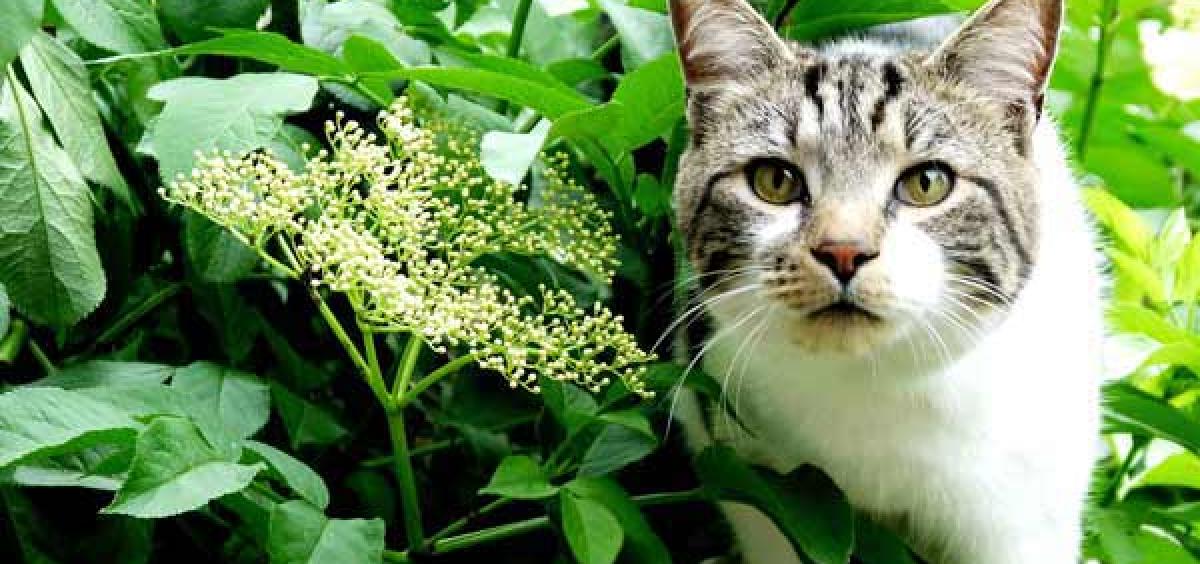
CORVALLIS, Ore. – As they slink through our gardens, scratching at beds and doing their duty, cats drive many gardeners nuts
Even most cat lovers agree that discouraging them is preferable to giving them free rein. But deterring them is easier said than done. It takes persistence and patience, said Brooke Edmunds, a horticulturist with Oregon State University Extension Service.
“There’s a lot of frustration in dealing with cats,” she said. “They have different behaviors. The garden can be a bathroom or a place where they mark their territory. Or maybe they just decide a sun bath on your favorite plants is just the thing for them.”
Of course, keeping kitty indoors is the best answer, but talking neighbors into that can be problematic. And then there are feral cats that are more difficult to deal with than domestic felines.
If your own kitty has been an indoor-outdoor cat, you may want to transition her inside with a screened-in “catio.” Provide climbing structures, rocks or flagstone for them to sun on, toys and water. Add some catnip or cat grass to make them happy. But putting food out is not a great idea because it can draw rats and other wildlife, Edmunds said.
Even if your own cat stays inside, you’ve got little control over fence-climbing visitors. There are, however, measures you can take to make it less likely they’ll visit. Really.
Edmunds uses black-colored bird netting to cover the soil in parts of the garden she wants to keep cat free. Additional material might be chicken wire, mesh produce bags from oranges and potatoes, or pinecones. Lay it on the ground or slightly under the soil and the cats will get an unwelcome surprise when they start scratching.
Thin bamboo stakes or forks placed among the plants will also thwart them; leave those sticking out of the soil so you don’t accidently put your hand on a sharp object.
“The bottom line is that it’s going to be specific to your yard,” she said. “No one thing is the solution. Be creative and think like a cat. What does the cat get from the garden. Are they looking for a cat box, a hunting area, plants to roll on or eat, marking territory. Maybe they’re just passing through and using your shrubbery for protection.”
Once you grasp the inner workings of a cat’s brain – if that’s possible – start to think about what’s most important to you and concentrate on those areas. If you have one, an edible garden plot should be first on your list to protect. Cats can carry diseases that can transmit to humans through feces.
Edmunds offers more tips for keeping cats at bay:
About the OSU Extension Service: The Oregon State University Extension Service shares research-based knowledge with people and communities in Oregon’s 36 counties. OSU Extension addresses issues that matter to urban and rural Oregonians. OSU Extension’s partnerships and programs contribute to a healthy, prosperous and sustainable future for Oregon.
Kym Pokorny, 541-737-3380, [email protected]
Brooke Edmunds, 541-730-3470, [email protected]
Click photos to see a full-size version. Right click and save image to download.